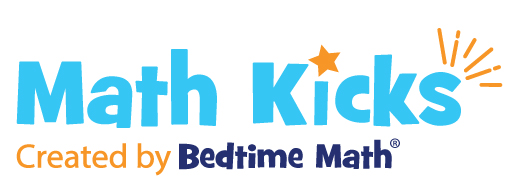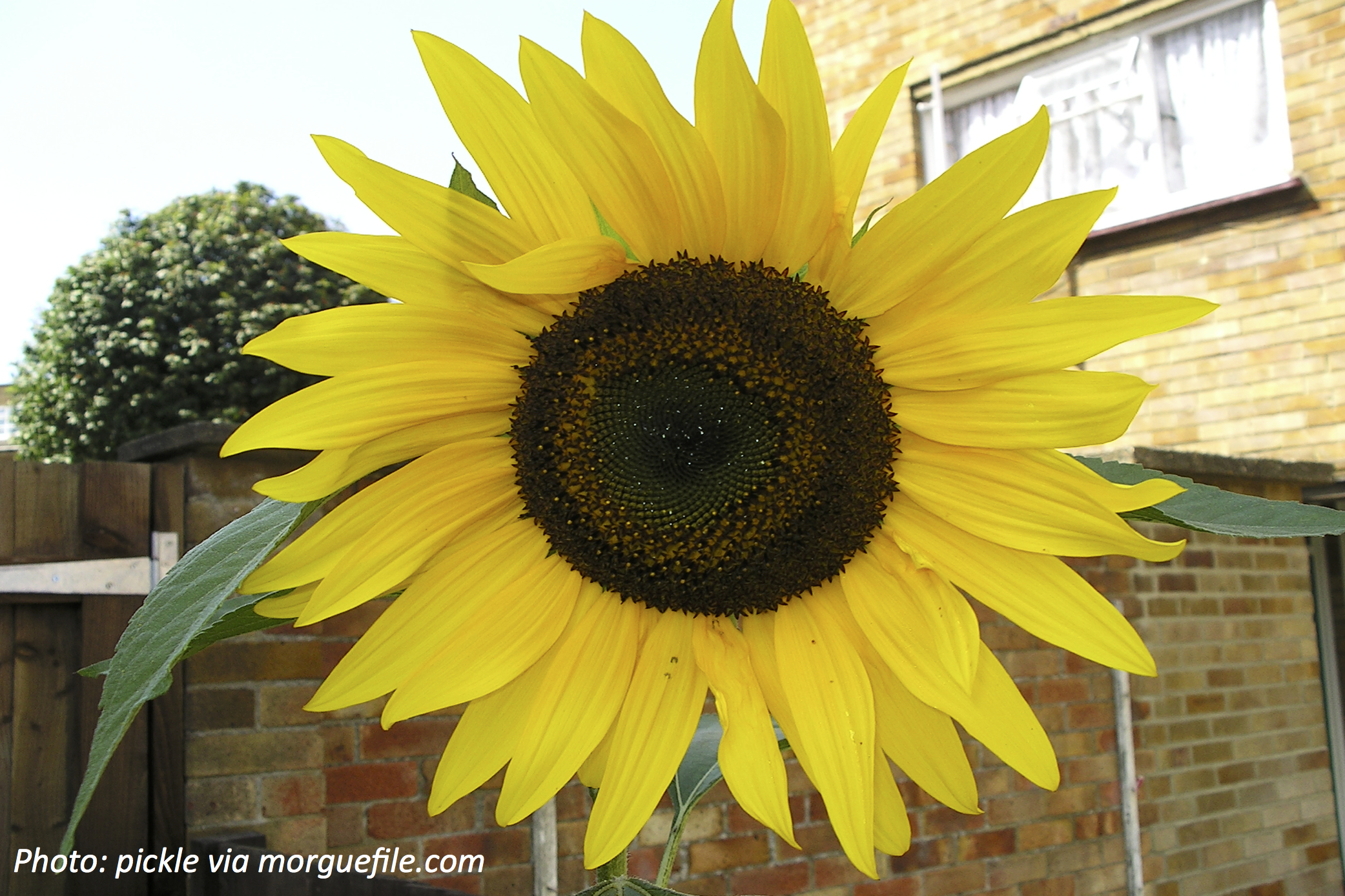During springtime, our friends the flowers are popping up around every corner. Some flowers follow a math pattern. There’s a special set of numbers where you get each number by adding the 2 numbers before it. You start with 1 and 1, which gives you 2…then 2+1 is 3…then 3 plus that 2 gives you 5…5 plus that 3 gives 8, and so on. They’re called the Fibonacci numbers. Sunflower seeds grow in spirals, and these flowers most often have a Fibonacci number of seed spirals!
Lace up: If the first few Fibonacci numbers are 1, 2, 3 and 5, which number did we skip that we would have said if counting?
Jog: If the last 2 Fibonacci numbers we got were 5 and 8, what’s the next number? (Reminder: You get each number by adding the previous two numbers.)
Sprint: If you have a flower with that many petals and another with 5 petals, how many do they have together?
Hurdle: Is 25 a Fibonacci number?
High Jump: For fun we also have “Tribonacci” numbers, where you add the last 3 numbers to get the next. Since it also starts with 1, 1, and 2, what are the next 3 Tribonacci numbers? See if you can remember all the pieces in your head!
Answers:
Lace up: 4.
Jog: 13.
Sprint: 18 petals (13 + 5).
Hurdle: No, because after 21 we add 21 + 13, which is 34.
High Jump: 4, 7, and 13.

